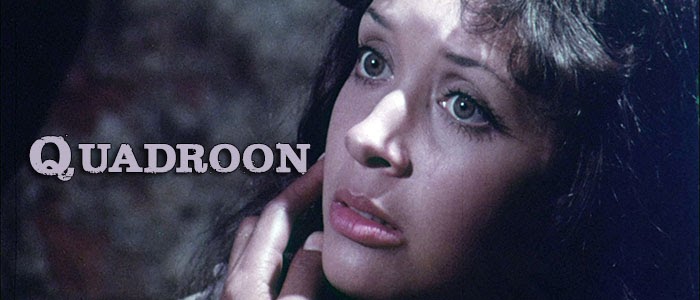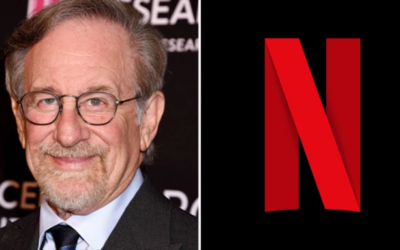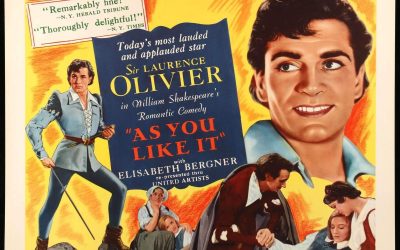As the recent resurgence of the Black Lives Matter movement demonstrates, race relations in the United States of America have never been ideal. Since the early 1600s, when the first slaves were abducted and brought to the New World from their native Africa, those with darker skin have been viewed as inferior to people of European descent. Even with the abolishment of slavery, not enough progress has been made to ensure black people are given equal treatment as their lighter-skinned counterparts. Still, much effort has been made to achieve this goal – some attempts have proven successful, others were cursed with failure – and with the innovation of cinema, the history of such race relations has been recreated (albeit struggling to be completely accurate) on multiple occasions. One noteworthy example that reflects on a period not often discussed is the subject of today’s discussion, the film “Quadroon”.
Set in the American South of the 1830’s, the film revolves around Caleb, a white man from the northern half of the United States who arrives in the city of New Orleans, Louisiana, taking up residence with his aunt Nancy and her family. As Caleb becomes more acquainted with his new surroundings, he learns of the people referred to as “quadroons”, the children of white Creole men and their black female slaves whose ethnicity approximates to one-quarter black and three-quarters white. Caleb becomes infatuated with a quadroon woman, the lovely Coral, but in doing so, he becomes the subject of antagonism by Cesar Dupree, one of the most powerful Creole men in the city. What comes of this is a series of events that puts Caleb’s love and Coral’s life on the line.
Made in the early 1970’s, the film features in its cast a handful of actors that, while perhaps not the most recognizable, have still made their mark in the entertainment industry. Playing the leading lady Coral, for example, is Kathrine McKee, who had made multiple appearances on television throughout the 1970’s on shows like “Sanford and Son” and “Police Woman”. As for her love interest, the film’s main protagonist Caleb, the role is played by actor-turned director Tim Kincaid, and the antagonist of the picture, Cesar Dupree, is portrayed by George Lupo in what was ultimately his only film role, as he had passed away not long after filming had been completed.
As a reflection of racial attitudes during both the 1830’s (when the film is set) and the 1970’s (when the film was produced), “Quadroon” makes for a compelling insight into the causes and consequences that the conflict between blacks and whites has resulted in. Though some may be concerned with how the film fares compared to modern sensibilities, it still makes for a fascinating time capsule with which one can compare how things have (or have not) changed. Those interested can find the film here and see for themselves what the film has in store.




